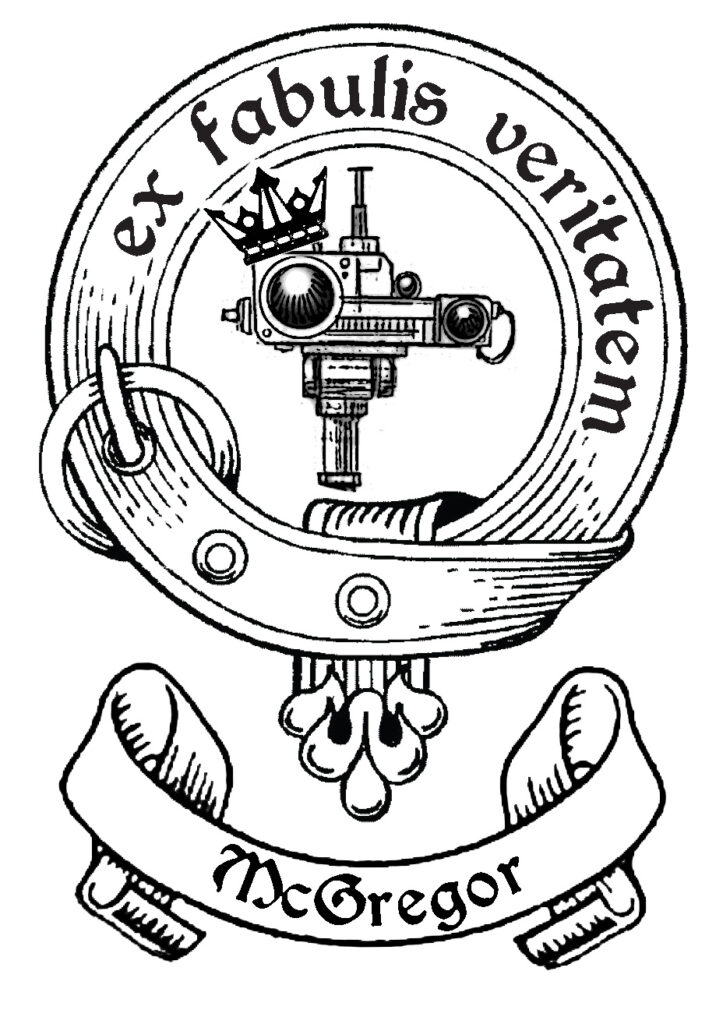Team: Andrew McGregor, Kuan-ju Wu, Dr. Aaron Blaisdell
‘Rat Riddles & People Puzzles’ utilizes bamboo as both an interactive sculpture and scientific instrument and was created to be used by both humans and rats to demonstrate the same logical fallacy. The device utilizes a lever, sound, light, and a dispenser (coming soon) that provides chocolate treats to condition people and rats through an associative learning process. Both rats and people then guess if an occluded light is either on or off.
Bamboo was used as the material to evoke the idea of removing this kind of science from its traditional laboratory context and to reframe the technology of operant conditioning chambers as possibly existing where the animals they influence and learn about can naturally use them in a mutually beneficial manner between human researchers and their species of scientific interest.
Created by Kuan-ju Wu and Andrew McGregor at Tokyo University by adapting research findings from UCLA’s Dr. Aaron Blaisdell and his collaborators in this study that is explained by UCLA’s Newsroom.
Background Story
How it Works
The conjunction fallacy experiment consists of four types of trials: A-/AX+/B+/BY-. A and B are the two sounds. X and Y are the two lights (steady on and flashing on, respectively). On A- and B+ trials, only the sound is presented. On AX+ and BY- trials, the sound (A or B) AND the light (X or Y) is presented simultaneously. On those compound trials (AX+ and BY-), the sound and light both turn on at the same time and terminate at the same time. Pressing the lever can only lead to food reward on rewarded trials (AX+ and B+), and nothing on non-rewarded trials (A- and BY-). Pressing the lever does not cause any other events (sounds, lights, etc.) to occur.
Also, the light bulb should be uncovered on all trials during training as well as during the intertrial intervals. The only time the cover should move down to occlude the light is on test trials (A- and B- trials) that we present after training is complete.
How it Works
Video of the apparatus and a rat puppet. NOTE: This sequence is just a basic demo and is not how the logical fallacy experiment actually works!
